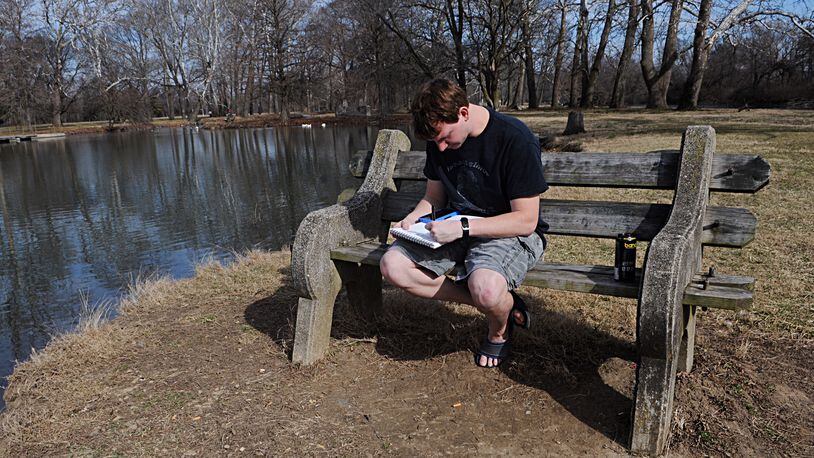It is important to point out, though, that while our temperatures are certainly well above normal, it is not necessarily how warm we are that is so impressive. It’s the prolonged period of unseasonably mild temperatures that appears to be lasting most of the way through February. According to data from the National Weather Service in Wilmington, we have not had a stretch of weather this warm in the month of February since the year 2000 when we had 10 days with temperatures above 50 degrees. Another record that is in jeopardy this month is the number of 60-degree days or warmer in the month of February. The current record is eight days which was set back in 1976. As of the writing of this article, we’ve already had 5 with at least 4 more days in the 60s likely. We will likely break that 41 year-old record this month.
As I’m sure many of you have noticed across the Miami Valley, numerous early budding trees and plants are already showing signs of growth. Many flowers including crocus have been in full bloom. While getting buds and blooms in late February is not terribly uncommon in central and southern Ohio, it is uncommon to start to get a tick up in pollen levels. The website pollen.com is calling for tree pollen to actually reach into the high category through the middle of this week.
Another, more technical indication of spring’s arrival is measuring the phenology activity in plants. The National Oceanic and Atmospheric Administration uses modeling data which incorporates weather conditions, temperature, soil temperature and moisture along with growing degree days to determine phonological activity. This data is fed into a model called the Spring Leaf Index. The Spring Leaf Index model shows that spring-like phonological activity in early blooming plants has arrived over 20 days early across parts of the U.S. southeast and even into the lower Ohio Valley up to the Ohio River. If the warm conditions continue, it is likely spring-like growth will begin in earnest across southern Ohio by the end of the week.
Obviously, the concern will be what happens if or when we have a winter deep –freeze return. The damage sustained to the plants that bloom will be determined by how many growing degree days occur before a freeze. Also, when such a freeze occurs, how long the timeframe is before when temperatures warm again can also play a role.
Many plants and trees in Ohio are pretty hardy and can withstand major temperature swings by having primary and secondary blooms. But if you see flowers begin to bloom, you may just want to cut them and bring them inside to enjoy before the next freeze arrives because chances are you may not see those flowers again until the following spring.
Eric Elwell is WHIO StormCenter 7 Chief Meteorologist. Contact him at eric.elwell@coxinc.com or follow him on Facebook and Twitter.
About the Author
